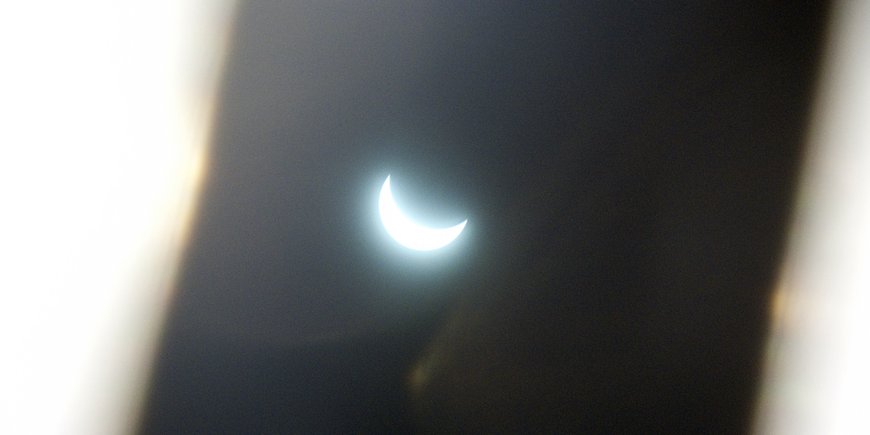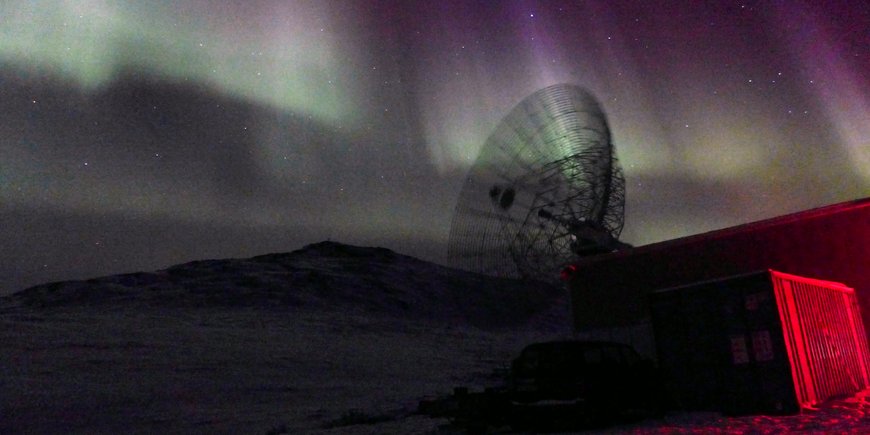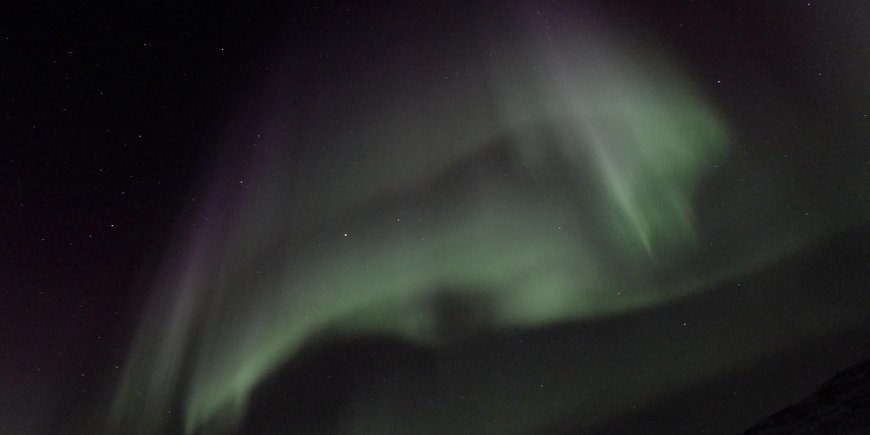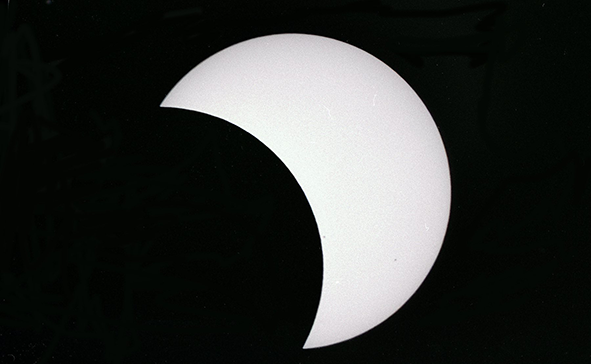19.03.2015: On the morning of March 20th, 2015, the sun was partly covered by the moon for those observers living in Central Europe. A total eclipse was visible further north for the residents of the Faeroe Islands and Svalbard. In northeastern Germany 75% of the sun was covered by the moon. In the area around Berlin and Potsdam this spectacular event started at 9:38 am and the maximum eclipse was reached at 10:47 am. The partial eclipse finished at 11:58 am. The next partial eclipse in Central Europe will take place in the summer of 2021.
A team of researchers focusing on space weather, headed by Prof. Claudia Stolle at the GFZ German Research Centre for Geosciences, investigated the effects of the eclipse in collaboration with Prof. Jorge Chau and colleagues at the Leibniz-Institute for atmospheric physics (Kühlungsborn). To measure the effects of the eclipse on the upper atmosphere and space weather, observations by magnetometers in Niemegk, Iceland and Svalbard, by an Ionosonde in Juliusruh and a Medium-Frequency Radar (MF-Radar) were used. The upper atmosphere most likely exhibits a lower degree of ionisation and a decline in electric currents as a result of reduced solar radiation. These effects are rather weak and can probably only be detected under quiet geomagnetic conditions. The current global geomagnetic activity is quantified by the Kp-Index, which is documented by GFZ.
Disturbing factor solar Storm
Strong solar wind may disturb the observations. Since March 17, 2015, plasma originating from a coronal mass ejection at the surface of the sun impacts the geomagnetic field, which protects our planet. This resulted in a geomagnetic storm, which was observed not only at geomagnetic observatories operated by GFZ, but also at other institutes worldwide. Data from the American satellite ACE (Advanced Composition Explorer) reported on unexpectedly high velocities of the solar plasma.
The strength of a geomagnetic storm is measured by the above mentioned Kp-index, on a scale from 0 to 9. The Kp-index is determined and distributed internationally by the GFZ German Research Centre for Geosciences. The geomagnetic storm of March 17, 2015 is comparable in force to a hurricane on Earth, with Kp-values between 7 and 8 throughout 12 hours. The equatorial Dst storm index, which describes the geomagnetic activity at low latitudes, reached -221nT at 23UT, and indicated the peak of the storm on Earth. For comparison, during the most recent super storm (October 30, 2003) the peak value of the Dst was -383nT.
The strength of the storm is likely to diminish during the next days. However, solar flares may still hit Earth. If this is the case, the effect of the solar eclipse on Friday, March 20, 2015, will be hard to determine, as the associated geomagnetic storm will interfere with or superpose the geomagnetic signature of the partial eclipse.
Please, wear proper eye protection when observing the partial eclipse (eclipse eyeglasses)! Regular sunglasses or blackened glasses are not suitable.











![[Translate to English:] Torsten Sachs in front of a climate station on a field](/fileadmin/_processed_/3/9/csm__TorstenSachs_bearbeitet_GS_4a1365ef84.jpeg)

![[Translate to English:] left image flood at the Ahrtal: image from above, several houses are flooded; left image:: Heidi Kreibich;](/fileadmin/_processed_/4/4/csm_Bild2_9af0130e9f.png)



![[Translate to English:] Start der Vega Rakete](/fileadmin/_processed_/6/4/csm_20231201-kachel_Vega-VV23-launch_ESA-CNES-Arianespace_706716b68c.jpeg)









![[Translate to English:] Poster exhibition at the Brandenburg Hydrogen Day at the GFZ, some participants in the foreground](/fileadmin/_processed_/6/5/csm_Erster_Brandenburgischer_Wasserstofftag_GFZ_402fcec95e.jpeg)
![[Translate to English:] Group picture of the participants](/fileadmin/_processed_/9/4/csm_20231108_CAWa-Workshop-Tashkent_Gruppenbild_99ea779d8a.jpeg)

![[Translate to English:] [Translate to English:] Hörsaal](/fileadmin/_processed_/e/6/csm_H%C3%B6rsal_e21ac645fb.jpeg)


![[Translate to English:] The Delegations in the Historic Library on the Telegrafenberg. In the back there are from left to right, the Dutch Ambassador for Germany, Ronald van Roeden, the Dutch Minister for Education, Culture and Science, Robbert Dijkgraaf and the scientific director of the GFZ, Susanne Buiter.](/fileadmin/_processed_/d/b/csm_Kachel-2_9eba4b4212.jpeg)

